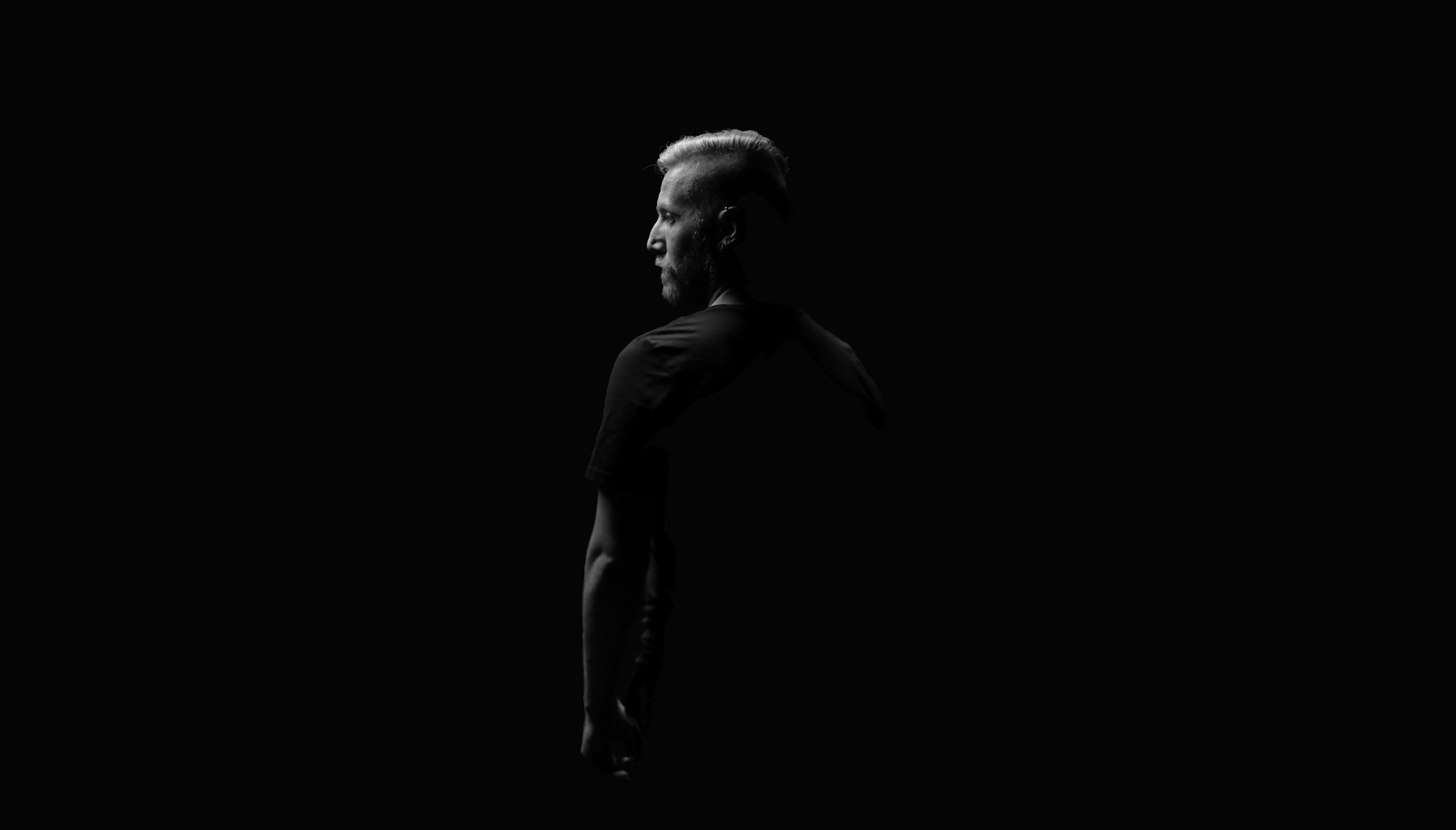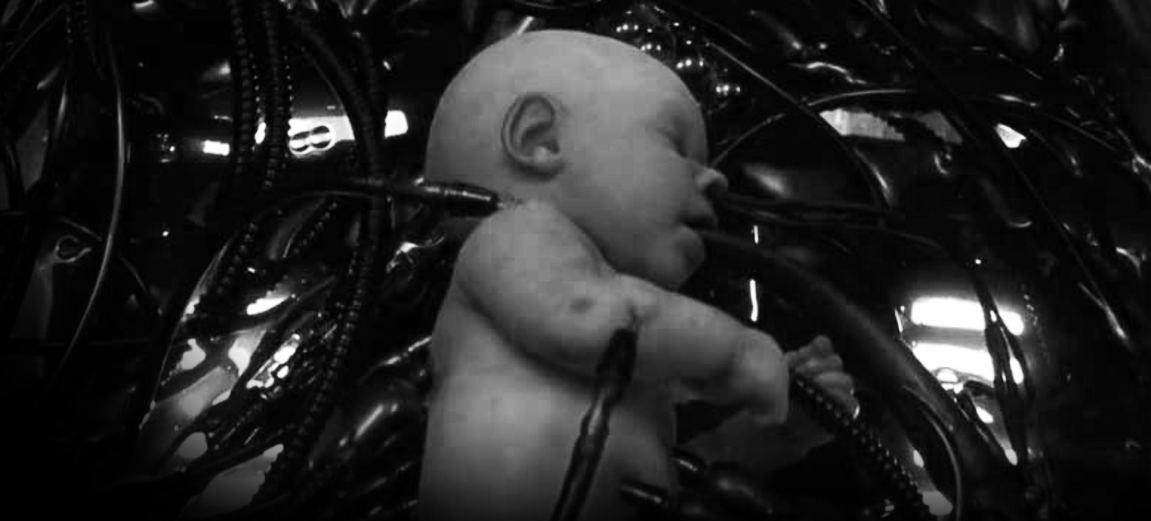The Matrix (1999) is one of those films/trilogies that comes along every so often that makes you sit up and question your perception of reality. The type of film that uses storytelling to awaken certain parts of your subconscious that challenges conformity, uniformity, and acceptance of complacency – creating a sense of wonderment and the possibility of challenging your belief of the status quo in society. I’ve often (in discussion) referred to this film as the Star Wars (1977) of that generation as it was a film that deferred to ‘possibility’ on an immense scale, much like Star Wars (1977) did for it’s time – imploring a generation to see things for the first time in a very radically different way.
With a story surrounding the existence of 3 plains of ‘reality’, which include: the virtual reality of the matrix, the real world, and the construct, The Wachowskis decided to create a visual recognition of the differences in the plains of existence through colour filters. These colour filters were of course selected with purpose to coincide with the type and purpose of each world: the virtual reality world of the matrix (the make belief world created by the machines in order to enslave our race) is depicted through green filters/hues emulating the black and green screened hues of early computers that generations from the 80s and 90s would remember from classrooms and workplaces – automatically causing viewers to subconsciously perceive that there is something not quite right, or fake, about what is onscreen.
When the story moves into the real world – the environment and story take on blue hues which create a sense of calm and coolness regardless of the fact that in this plain machines consume human plasma and grow/hunt humans mercilessly to obtain it for energy.
The final plane, the construct, the virtual reality ‘loading/training’ world that exists outside of both worlds and can be manipulated by humans is shot entirely naturally (possibly in tungsten), to convey a sharp difference from both realities and a sense of natural being / safety. All three environments are consistently portrayed in these hues through colour filters or gels in order to create the division and visual familiarity and colour feelings through the film – allowing the viewer to psychologically transition between and believe in the multiple plains of reality more readily.
Another Method that conveys the separation in realities and the challenge from antagonist to protagonist is the use of address – in the matrix, the antagonists refer to the main protagonist as ‘Mr. Anderson’ – creating a formality to the address and a sense of corporatism / professionalism where other protagonists refer to the main protagonist as ‘Neo’, his chosen identity and representation – making it a more comfortable pr casually relatable address for the title character. To the viewer though, this would assist in setting the tone for the relationships between characters early on in the film by establishing antagonist vs protagonist address models.
Through these relationships and colour tones, the writers/directors created immediate contrasts within the worlds. To bring them together though, the writers had to create a bridging sequence which would not only properly convey the transference of reality, but also illustrate that the title character undergoes a ‘rebirthing’ or ‘awakening’ to a new world – this was foreshadowed through the use of the popular storyline from Charles Lutwidge Dodgson novel, Alice’s Adventures in Wonderland (1865) (which had it’s title later shortened and originally made into the silent film Alice in Wonderland (1903)), when the film’s ‘helper’ character, Morpheus, indicates that Neo must be ‘..feeling a bit like Alice.. tumbling down the rabbit hole’.
The converging of worlds/realities is a very pivotal scene within the film as it illustrates the transition between what is perceived by the title character to be reality, into what is actually reality – conveying that his previous existence was all false and not real – and he’s never been alike/awake before. The storey definitely follows through with the Alice in Wonderland (1903) foreshadowing by shooting the reality transitioning scene as traveling down the title character’s throat (or metaphorical rabbit hole) – wherein he awakens (very intelligently depicted) within a liquid environment supplied oxygen and nourishment through a feeding tube (like a womb) and is ‘born’ into ‘the real world’.
The sense of treatment by the system of control and danger from not doing as you ‘should’ by the machines in the real world is immediately illustrated through the rejection of Neo awakening in the real world – humans are not supposed to be more than battery like energy in the form of food in this plain so just as a system does in our reality or humans not behaving as the system wants – it rejects the differing behaviour and leaves Neo flushed out of it to exist on his own, or die.
The harsh lesson and contrast learned depicts to a viewer through these very well thought out scenes and colour tones that the machines and the matrix are very clearly portraying systemic control and the protagonists are illustrated as freedom fighters or rebels. All of the scene structures, production, and story has led to this pinnacle moment in the film where it all comes together in the convergence of realities – all carefully done through intelligent production, editing/storytelling, and by creating a character moving through the world desiring more than the system allows him causing him to question his place. This creates strong viewer to character relativity with the main character that the viewer will need in order to care about them when that scene finally plays out and for the rest of this film (and subsequently the trilogy).
After establishing this connection, the subsequent scenes following the merging of realities drag the viewer along for the ride as the title character is exposed to the harshness of his predicament – that his world, as horrible as he thought it was, was a much much better world than the one he can’t initially accept. He struggles with grasping his new reality, wants to reject the truth and physically breaks down through the torment of his mind in learning the truths about the real world – which solidifies the bond the viewer is supposed to feel for the title character. These scenes (I feel) were very deliberate, as that connection had to be felt to the title character otherwise the rest of the film (and trilogy) wouldn’t have the viewers sense of empathy and wonder about what happens to the title character.
The story from here runs the gauntlet of the romantic storyline, running through character build, meeting the helpers (Morpheus prior, and then the Oracle) – who is representative of the hope within the system and how systems can be beat with their own rules and guidelines if you look and work hard enough to identify and manipulate their flaws (this later of course becomes a systemic trick when the protagonist fails), before the rise to the climax of the film depicting the character moving into the reborn hero role and taking on the antagonist (in the subsequent films it’s realized the antagonist in this film is only one of many that he must overcome – including himself (romantic storyline again).
While the special effects in The Matrix (1999) were groundbreaking for it’s time – I deliberately chose not to write about them in this review/critique as I wanted to focus more on the storyline, societal comparatives and messaging within the film instead of the ‘ohhh, ahhh’ of Hollywood movie making – the main messaging derived from the ending after all of the representing imagery (and editing in post-production) is still that love brings hope and conquers all – it wasn’t any of Neo’s fancy abilities, or the film’s enhanced special effects that save the day – it’s Trinity’s kiss that brings Neo back from his mind’s death (the body can’t live without the mind) and transforms him into ‘The One.’
While there are many other story elements and production topics to consider within The Matrix (1999) as factors in it (arguably) being The Wachowski’s most successful film – these are the elements that I elected to break down – the rest would have to be reserved for a more lengthy analysis and critique.
The Matrix (1999) – a great film, by great filmmakers (in my opinion)!
★ ★ ★ ★ ½ ☆
Note:
This review was originally written as an academic paper in Q4 2016.


